Medical Billing & Coding Program

Is Medical Coding and Billing the Career for Me?
The Medical coding and billing field offers a number of benefits, including:
• Nationwide shortage- There’s a great need for well-trained medical coders nationwide-in fact, there are estimated to be 25% more positions than professional! This shortage will only increase with all of the coming industry changes.
• Healthcare Security- The healthcare industry is one of the fastest growing in the country, and medical billing and coding gives you a chance to enjoy that security from an office setting with many opportunities for promotions and advancement.
Job Information
Responsibilities of Medical Billing & Coding:
As a medical coding specialist, you will review patient medical records and assign codes to diagnosis and procedures performed so the facility can bill insurance and other third party payers (such as Medicare or Medicaid) as well as the patient. Most of these professionals work onsite for hospitals, billing companies, nursing facilities, physician clinics and a host of other healthcare entities. Medical Biller and Coders may also have the opportunity to work from home as many Clinicians hire individual billlers to service there clinics. Some of these positions may require a minimum of one year of experience.
Coders use 3 different code sets: ICD-9/10, CPT, HCPCS. It’s important to be trained on the new ICD 10 code set because all healthcare facilities and physicians will be transitioning from ICD-9 codes to these new codes, but you will also need to be familiar with the ICD-9 codes set to earn industry certifications.
How Much Can I Make in Medical Coding and Billing?
Pay scales of medical coders and billers vary by employer, geographic location and experience, and you can quickly increase your earning potential by earning industry credentials:
• Completive Salaries- The U.S. Department of Labor reports that the middle 50% of medical coding and billing professionals (link the website)
• Certified Coders earn more- the 2010 AAPC Salary Survey reports earn over $7,500 more per year than their non-certified colleagues
• iMed Health Training Center offers through completion of training you will be scheduled to take the National Healthcareer Association testing and become (CBCS) Certified Billing Coding Specialist for entry-level certification by visiting NHANOW.com.
With iMed Health Training Center, you will have the knowledge and skills to Maximum your earning potential after graduation.
How Long Will The Training Take?
The medical billing and coding training program is designed to be completed in 6 month of full-time study.
What will I be Learning?
• Computer Fundamental
• Medical Terminology Anatomy/ Physiology
• Record Management
• HIPAA regulation
• Insurance Billing and Reimbursement
• Medical Coding
• Business Communication
• Professional Development
• CPR
• Externship
Just to name a Few:
Do I Have To Be Certified?
iMed Health Training Center program are specifically designed to prepare students for national, entry-level coding certification exams, even though certification is not always a prerequisite for employment.
We are an approved site for the National Healthcareer Association Test, Once the student complete all recommended courses he/she will be required to take the NHA testing.
Medical Billing and Coding Program FAQs
What is the job market for medical billers and Coders?
The U.S. Department of Labor’s 2014-2015 reports (http://www.bls.gov/ooh/Healthcare/Medical-records-and-health-information-technicians.htm) on the medical records and health information technology field, which encompasses both medical coders and medical billers. The reports predicts:
• A growing job market as industry employment is projected to grow 22% from 2012 to 2022. In addition to these new jobs, there will also be open positions as people retire or leave the profession.
• A high demand for coding services, sustained by an aging population and the increasing number of test, treatment, and procedures.
In addition to this growth, there is also already an existing shortage of medical coding professionals. This shortage is estimated to be about 30% and is expected to increase to atleast 53% with the industry’s shift to ICD-10.
